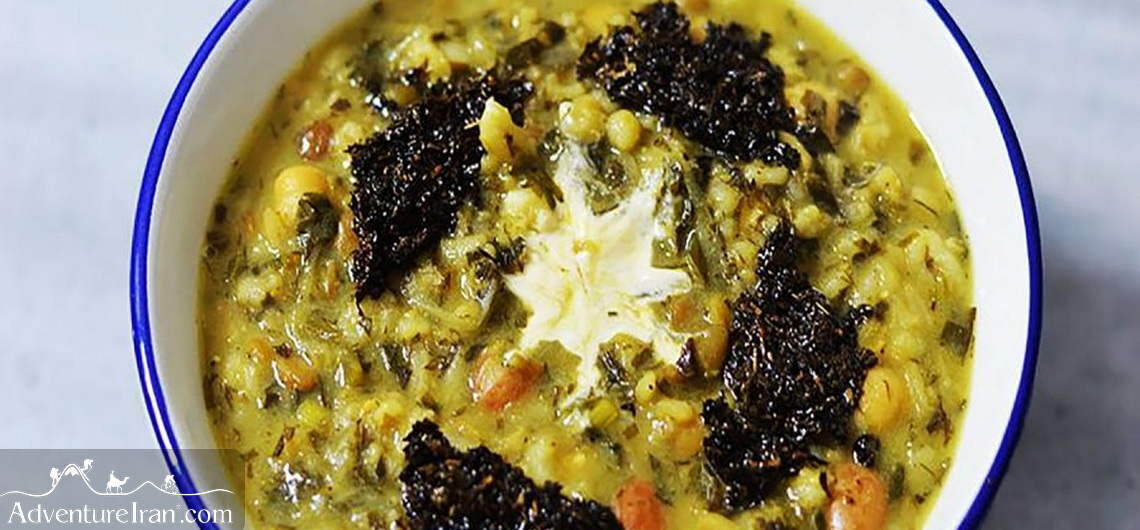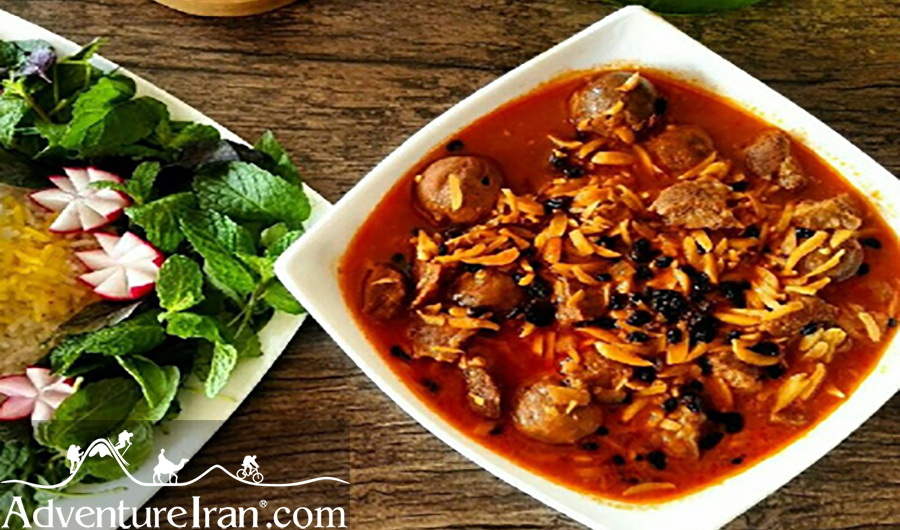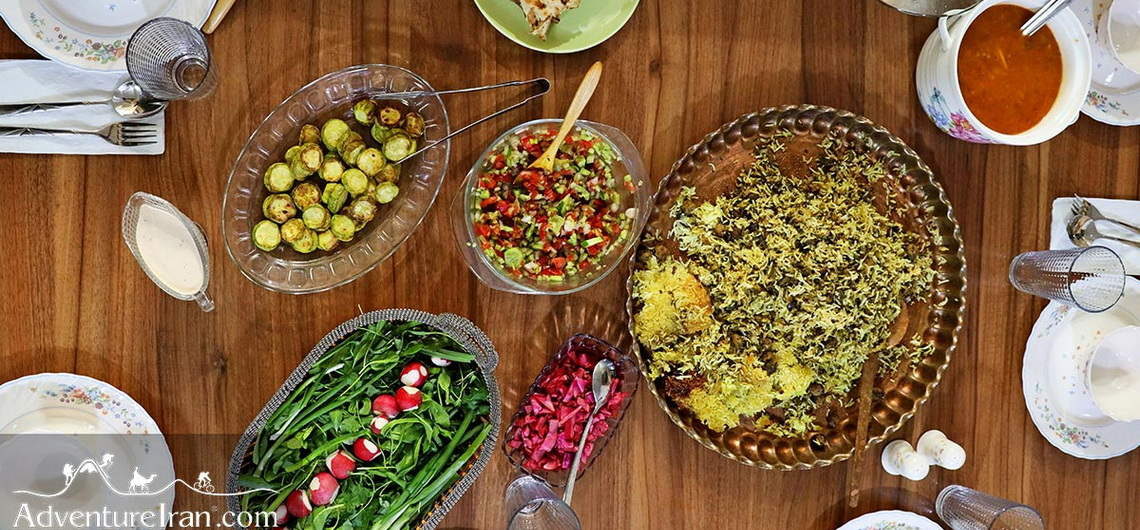Ashe Jo, Traditional Persian Food Iran is a vast country with amazing diversity in geographical features, climatic conditions, cultural elements, and groups of ethnicity. Each region enjoys its unique customs, languages or dialects, traditions, clothes, and cuisine. The common feature in all regions is that Iranian cuisine is not just about mixing the ingredients, but
Khoresht-e Khalal, an Iranian Food Khoresht-e Khalal Badam or Silver Almond Stew is a delicious and fragrant Iranian food that originates from Kermanshah province, west of Iran. It is usually prepared in formal ceremonies, but you can easily order it in some restaurants too. So, if a Kermanshahi invited you to Khorest-e Khalal for lunch
Iranian foods and Persian Cuisine
- Foods & Drinks
- Adventure Iran, Avicenna, Delicious traditional food, Iran Deserts, Iranian Cuisine, Iranian Food, Iranian food culture, Iranian traditional food, Persian Cuisine, Persian dishes, Persian Food, Persian medicine, Persian traditional food, The Canon of Medicine, The Caspian Sea, the Persian Gulf
Iranian Foods and Persian Cuisine Iran has numerous ethnic groups and tribes in its vast and historic land. Each ethnicity and tribe have its own traditional food according to geography and climate. The type of Iranian foods and Persian cuisine in the hot regions such as the Iran Deserts is very different from the northwest



